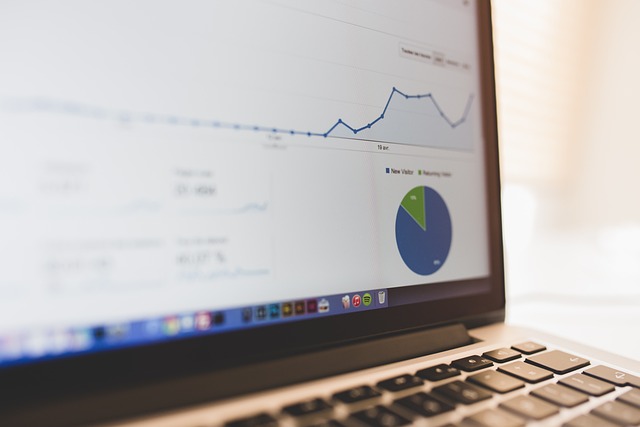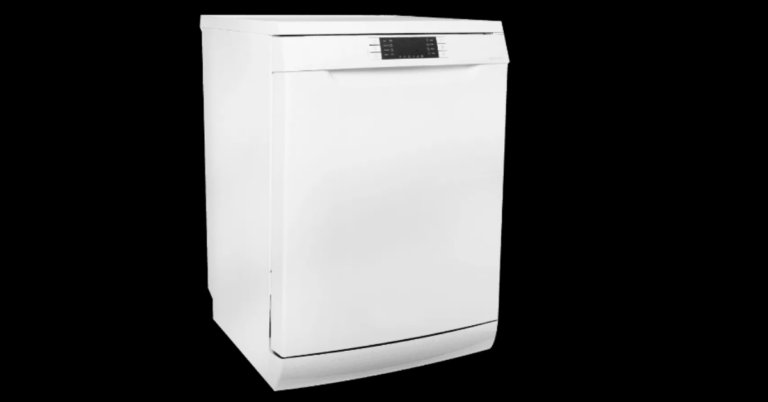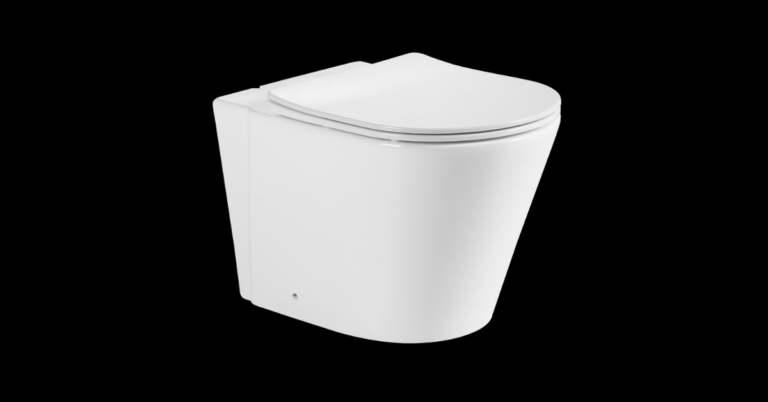Leveraging Artificial Intelligence for Remote Employee Performance Analysis
Remote work has increasingly become the norm in many industries, presenting challenges for evaluating employee performance. One key issue that arises is the lack of in-person supervision, making it difficult for managers to assess productivity and work quality accurately. Without physical proximity, it can be challenging to gauge an employee’s engagement level and overall performance on tasks.
Additionally, another obstacle in evaluating remote work performance is the potential for communication barriers. Remote employees may face difficulties in effectively conveying their progress, obstacles, and achievements to their managers. This lack of transparent communication can lead to misunderstandings, delayed feedback, and a general disconnect between team members, all of which can impact the evaluation of individual performance.
Benefits of Implementing AI in Remote Employee Performance Monitoring
AI technology has revolutionized the way remote employee performance is monitored. Through advanced algorithms and machine learning capabilities, AI can analyze vast amounts of data to provide valuable insights into employee productivity and efficiency. This automated process helps to eliminate biases and allows for a more objective evaluation of remote workers based on their actual performance metrics.
Another significant benefit of implementing AI in remote employee performance monitoring is the real-time feedback it offers. By continuously tracking and assessing employee activities, AI can promptly identify any potential issues or areas for improvement. This immediate feedback loop enables managers to provide timely support and guidance to remote employees, leading to enhanced performance outcomes and overall productivity levels.
Key Metrics for Assessing Remote Employee Productivity
Assessing the productivity of remote employees can be challenging, but by focusing on specific key metrics, organizations can gain valuable insights into their performance. One essential metric to consider is task completion rate, which measures how efficiently employees are able to finish their assigned tasks within the set deadlines. By tracking this metric, employers can identify potential bottlenecks in workflow and provide support where needed to improve productivity.
Another crucial metric is quality of work, which assesses the accuracy and effectiveness of the work produced by remote employees. Monitoring the quality of work can help organizations ensure that employees are meeting the required standards and delivering results that align with the company’s goals. Furthermore, this metric can also provide valuable feedback for employees on areas where they can improve and grow professionally.
What are some common challenges in evaluating remote work performance?
Some common challenges in evaluating remote work performance include lack of visibility into employees’ daily activities, difficulties in tracking progress and output, and ensuring consistent communication and collaboration.
How can AI help in monitoring remote employee performance?
AI can help monitor remote employee performance by analyzing data and patterns to identify areas of improvement, automate task tracking and reporting, and provide insights into productivity levels and performance trends.
What are some key metrics to assess remote employee productivity?
Some key metrics to assess remote employee productivity include task completion rates, meeting attendance and participation, project milestones achieved, time spent on various tasks, and overall output and quality of work.







